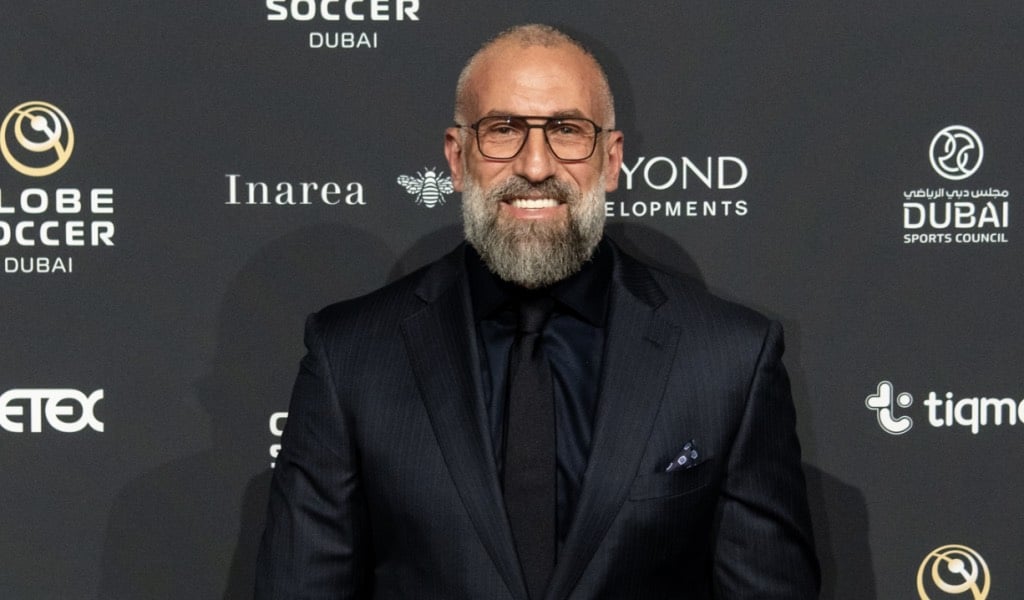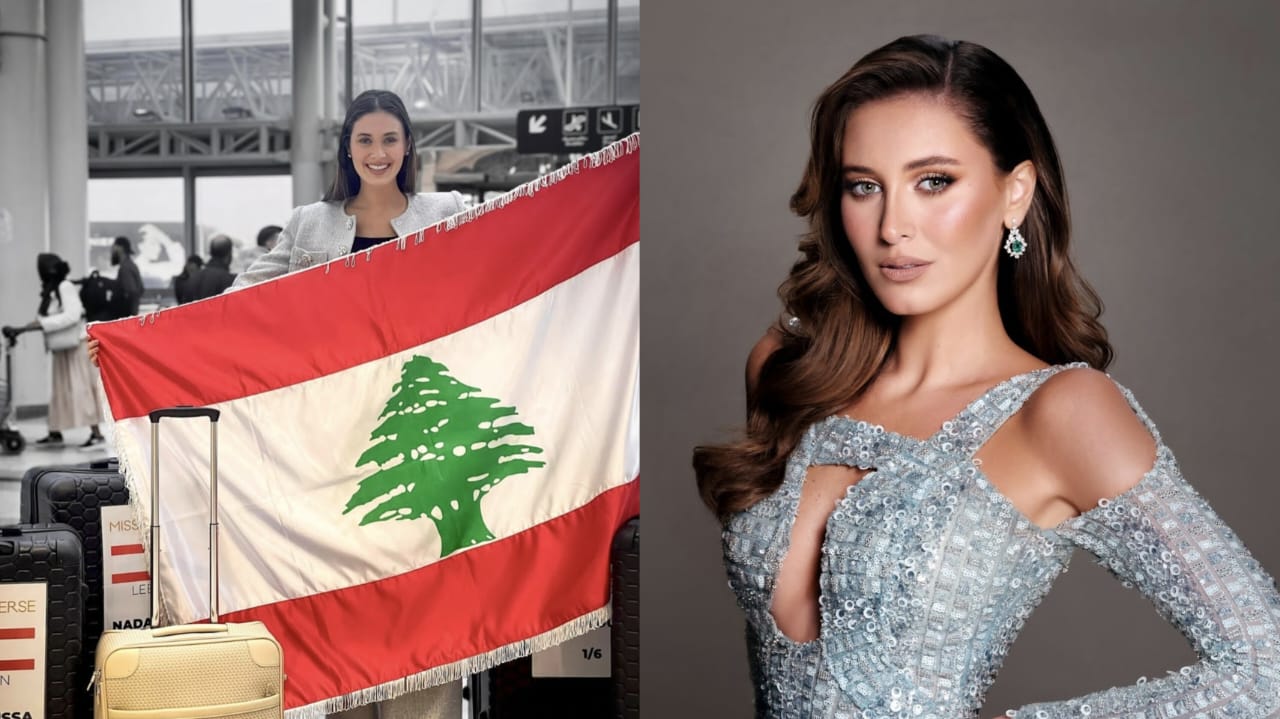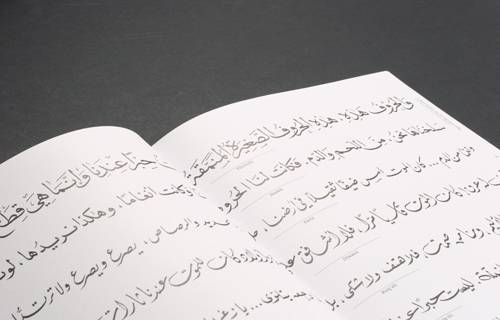When Were Beirut’s Most Iconic Landmarks Built?
Have you ever wondered how Beirut’s urban fabric came to look like it does today? Well, you’re in luck. We’ve chronicled when some of the city’s most iconic landmarks were built and made their way to Beirut’s heart. These landmarks represent the city’s development, with shifting authorities, circumstances, and ideologies coming to form the capital we all know and love today.
Grand Serail – 1853
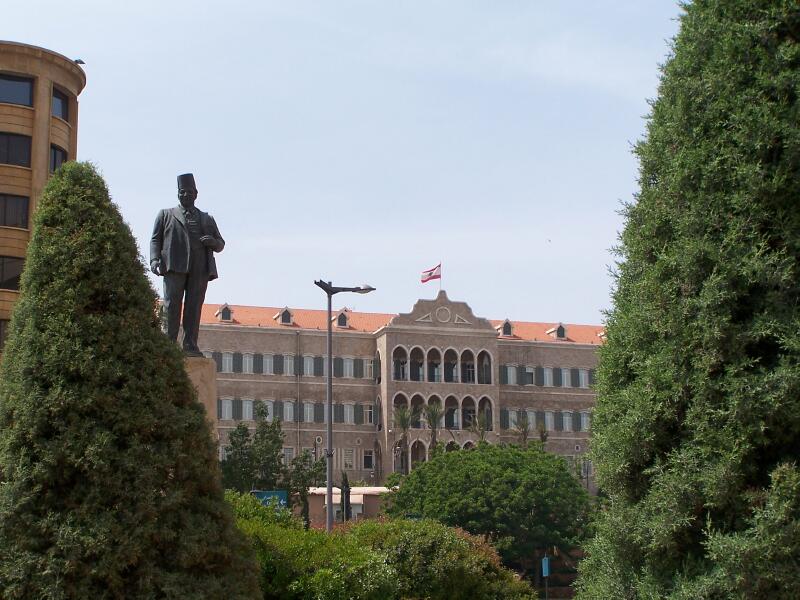
The seat of Lebanon’s Prime Minister was initially an Egyptian fortification turned Ottoman barracks. Although existing since 1831, the serail would come to take its current form after the completion of Ottoman fortifications in 1853. Floors and expansions would continue in the subsequent years, with major restructures between 1877 and 1894 giving the serail the final form we know today.
Sursock House – 1860
Not to be confused with the Sursock Museum, Sursock House was finished in 1860. It was completed by Moïse Sursock and later owned by Lady Cochrane Sursock. It is one of the oldest and most regal buildings in Beirut, and an emblem of the Sursock family’s wealth and history.
American University of Beirut (Syrian Protestant College) – 1866
The Syrian Protestant College opened with a class of 16 students on December 3, 1866, and was later renamed AUB in 1920. Dr. Daniel Bliss served as its first president from 1866 till 1902, overseeing its expansion and rise into a landmark of Beirut.
Saint Joseph University (USJ) – 1875
An outgrowth of Jesuit schooling in the region that had begun in 1839, USJ arrived to Beirut in 1875, where the school quickly expanded into a university.
St. George Cathedral – 1894
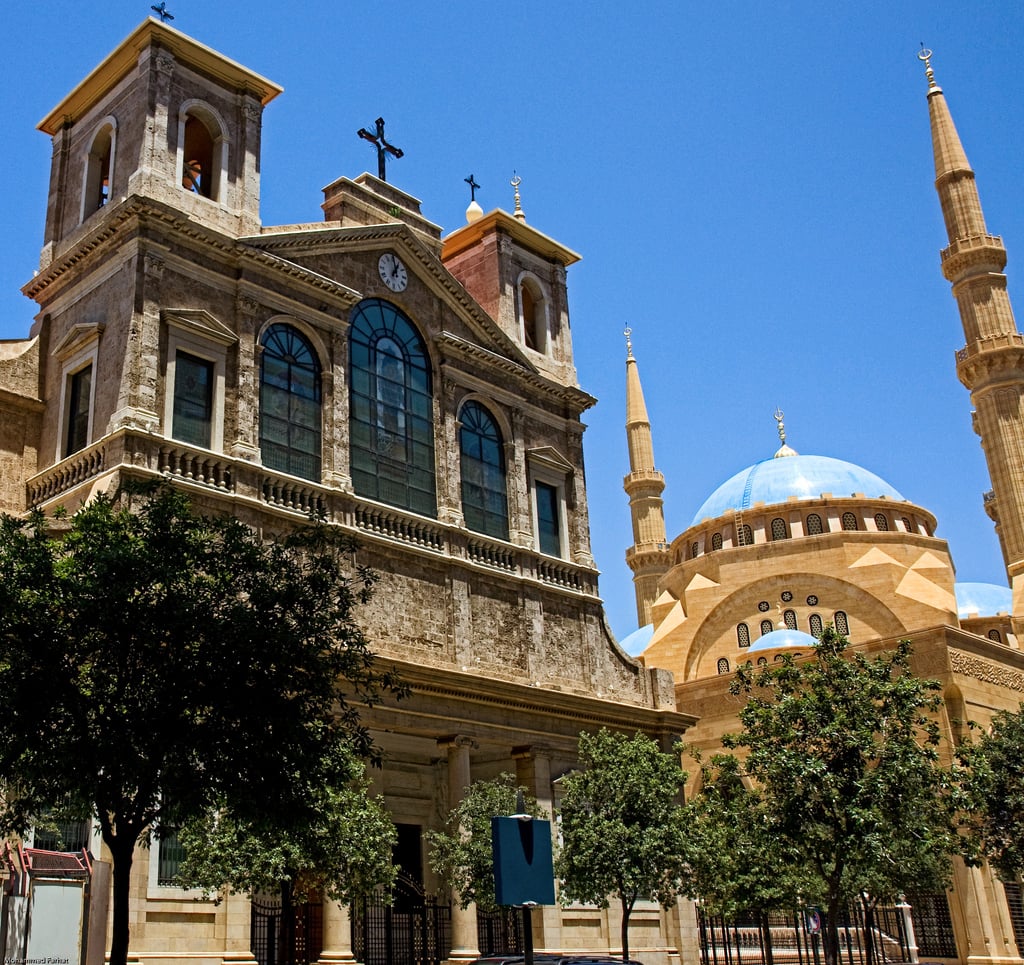
Construction of this Maronite cathedral into what we know it as today took 10 years from 1884 to 1894.
Lebanon’s first railways – 1895
It was constructed by a french company commissioned by the Ottoman empire, finishing the Beirut-Damascus line in 1895.
Rene Mouawad Sanayeh Garden – 1907
Beirut’s most iconic garden came to be in 1907 and was initially known as the Hamidi Public Garden alongside the popular Sanayeh name. It was renamed to the Rene Mouawad Garden after the then-president was assassinated near it in 1989.
American Junior College For Women (Lebanese American University) – 1927
Acting as a complimentary program for woman looking to enroll in a degree at AUB, the American Junior College for Women (AJCW) arrived to Ras Beirut in 1927, before moving to its current position in 1933.
National Parliament Building – 1934

The building and the iconic Etoile clock tower facing it were designed by Lebanese-Armenian architect Mardiros Altounian under the direction of the French mandatory authorities in Lebanon. It was inspired by the Beiteddine Palace and other Oriental architecture in the region.
National Museum – 1942
In 1923, the “Friends of the Museum Committee” headed by Bechara El Khoury was created to raise funds to build a national museum. This founding committee included many notable Lebanese families and figures, including: Alfred Sursock, Marios Hanimoglo, Albert Bassoul, Omar Daouk, Kamil Eddeh, Ali Jumblatt, Henry Pharaoun, George Faissy, Assad Younes, Hassan Makhzoumi, Joseph Farahi, George Korom, Jean Debs, Wafik Beydoun and Jack Tabet.
Beirut International Airport – 1954
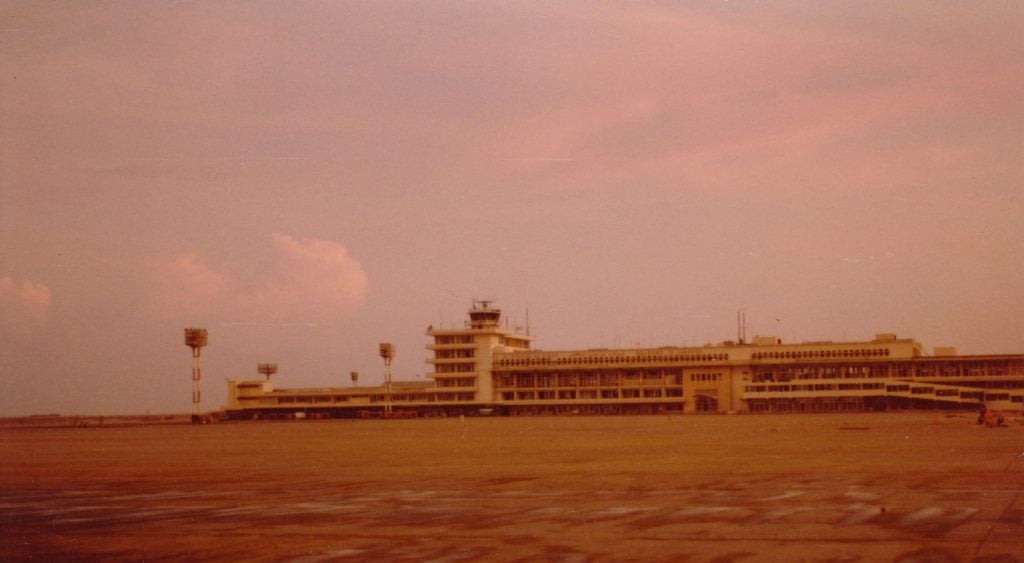
Lebanon’s only airport opened on 23 April 1954, replacing a much smaller Bir Hassan Airfield which had been used for flights into Beirut prior to that. It quickly became a hub in the region, with four national carriers: Middle East Airlines (MEA), Air Liban, Trans Mediterranean Airways (TMA), and Lebanese International Airways (LIA), flying alongside foreign counterparts in Beirut. This position was hurt by an Israeli assault on the airport in 1968, and the subsequent years of war that would follow. The airport would be reconstructed after the end of the Civil War in 1990, significantly changing in the process.
Camille Chamoun Sports City – 1957
The opening game at the stadium was a football friendly played against Energia Ploiești, where Lebanon won 1–0 through a goal scored by Joseph Abou Murad. It was destroyed during the Israeli invasion of 1982, and subsequently rebuilt after the end of the Civil War in 1990.
Phoenicia Hotel – 1961
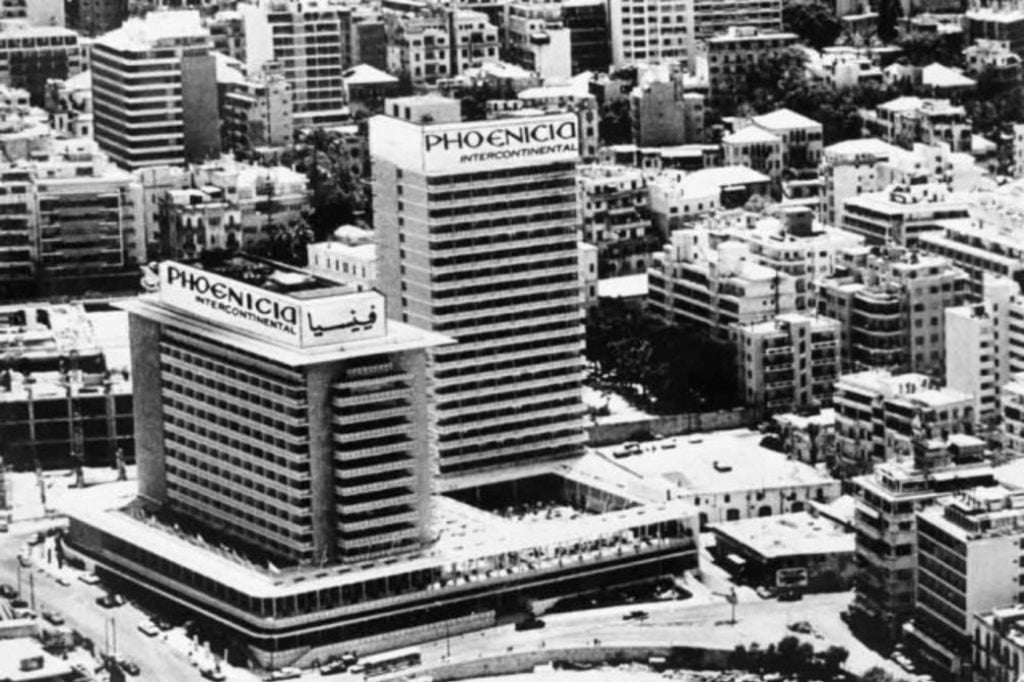
One of the most recognizable landmarks of Lebanon’s so-called golden age, this hotel was built by Lebanese businessman Najib Salha, with designs by American architects Edward Durell Stone and Joseph Salerno and local architects Ferdinand Dagher and Rodolphe Elias.
Sursock Museum – 1961
One of Lebanon’s most iconic museums, the Sursock Museum was established after Nicholas Sursock left the building to the city of Beirut. The museum re-opened this summer after being devastated by the August 4 explosion.
Sassine Square – 1970
The first form of Achrafieh’s famed square took shape in 1970.
Holiday Inn – 1973
Still standing as a relic of the civil war, the Holiday Inn officially opened for business in Beirut just two years before the Civil War would break out, subsequently playing a prominent role in its Battle of the Hotels.
Burj El Murr – 1974
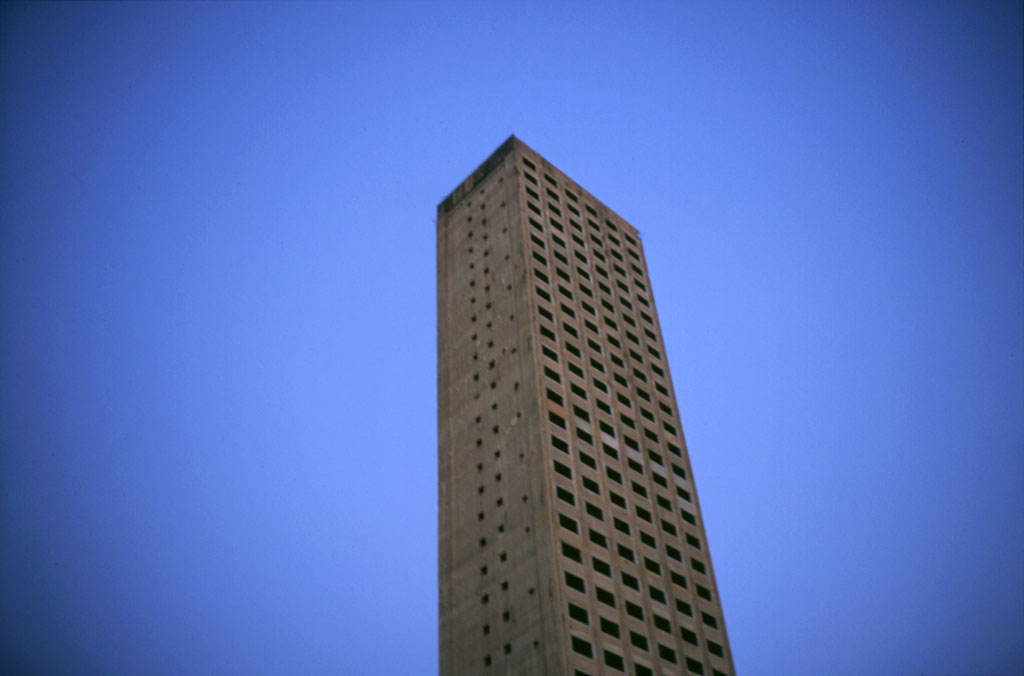
Lebanon’s tallest tower till it was overtaken by Sama Beirut in 2014, Burj el Murr was never completed but has stood tall at 157m and 40 floors since work was frozen there in 1975.
Mohammad Al-Amin Mosque – 2007
An icon of post-war Beirut, Mohammad Al-Amin Mosque was completed in 2007 and today stands as one of the most prominent landmarks in Beirut.
